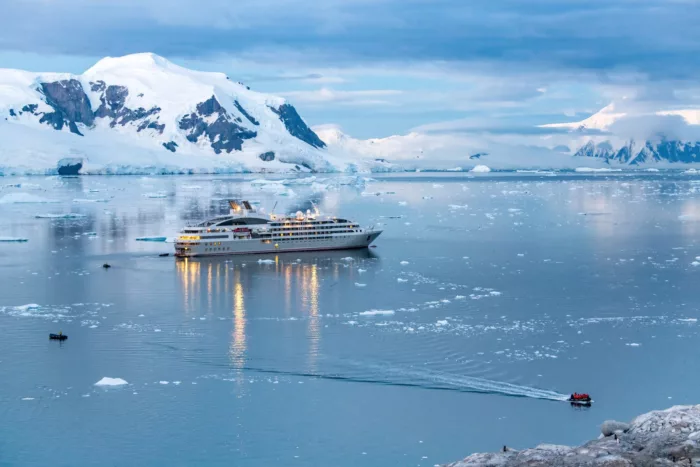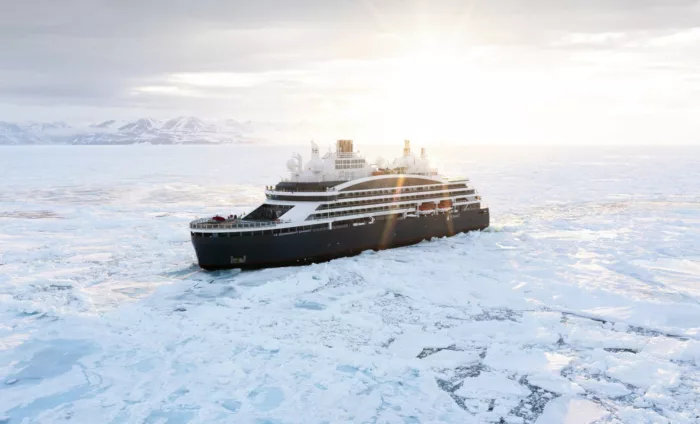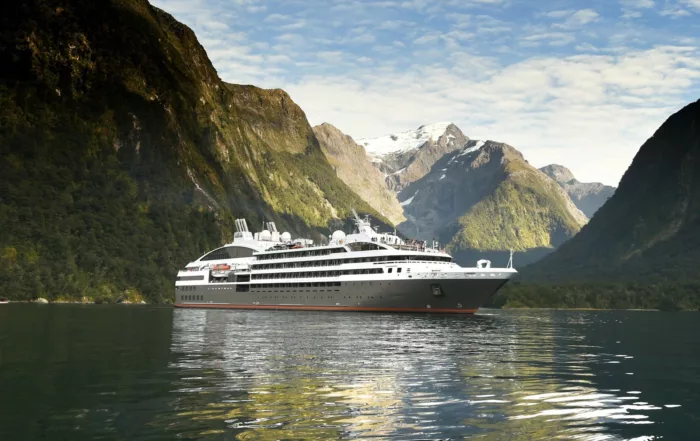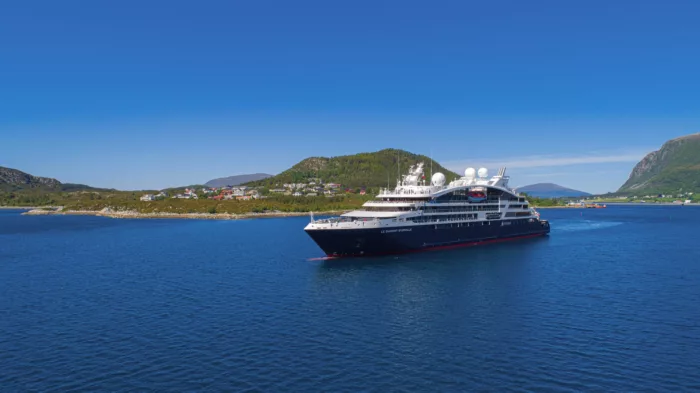Visiting:

When searching for a luxury yacht expedition cruise, there’s one name above all else that you need to know – Ponant Cruises. Founded in 1988 by former French Merchant Navy officers, Ponant combines succulent luxury with authentic adventures on all seven continents.
From classic Mediterranean itineraries and Caribbean sailings, to bucket-list expeditions around Greenland and Antarctica, Ponant cruises proudly counteract the banality of mainstream voyages with a unique take on the concept of small-ship cruising. It’s the absolute trip of a lifetime.
















Like Le Boréal and L’Austral, the two sister ships that preceded it, Le Soléal further reaffirms PONANT's signature approach: to take passengers to the farthest reaches of the planet onboard five-star ships offering top-of-the-range services.








